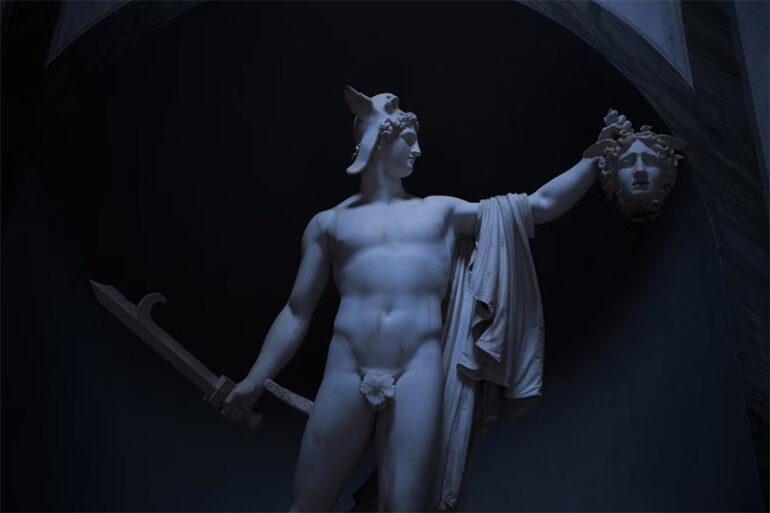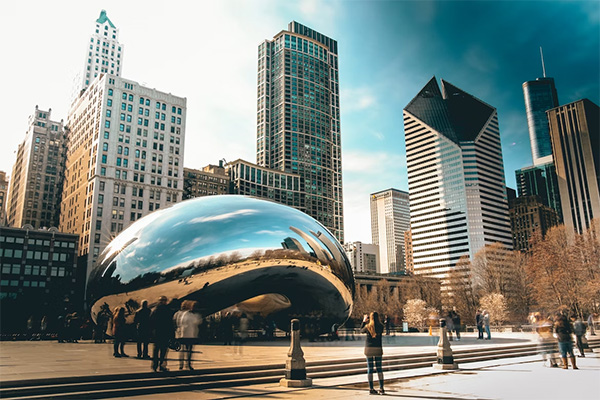The Birthplace of Classical Sculpture: Ancient Greece
Sculpture found its creative zenith in Ancient Greece, where it was deeply woven into the fabric of society and revered as a form of divine expression. The Greeks focused on representing ideal beauty, symmetry, and proportion in their sculptural works. The archaic period marked the genesis of the iconic Kouros and Kore figures, rigid and frontal standing sculptures. However, the Golden Age of Greece saw a drastic evolution, with sculptures becoming more realistic, fluid, and dynamic, exemplified by the works of sculptors like Phidias and Praxiteles.
The Roman Influence and the Middle Ages
Greek art highly influenced Roman sculpture but took a more realistic approach, often creating lifelike statues and busts of emperors, politicians, and other significant figures. The Romans also introduced new techniques, including concrete for monumental structures and narrative reliefs on triumphal arches and columns.
The advent of the Middle Ages marked a departure from the naturalistic depictions of the classical era. Sculpture, primarily linked to religion, became more symbolic and less focused on realism. The Romanesque and Gothic styles of the era integrated sculptural forms into architectural design, like the elaborately carved portals of cathedrals.
Renaissance: A Return to Classical Roots
The Renaissance, a period of cultural and artistic rebirth, saw a return to the classical roots of sculpture. The great Renaissance artists like Donatello, Michelangelo, and Bernini rediscovered the lost laws of proportion and perspective, creating iconic works such as “David” and “The Ecstasy of Saint Teresa.” In addition, these sculptures displayed an unprecedented degree of realism, subtlety in emotions, and a sophisticated understanding of anatomical structure.
The Shift to Modern Sculpture
The field of sculpture saw significant changes when modernism first emerged in the late 19th century. Artists started eschewing conventional shapes and methods. For example, Auguste Rodin, sometimes credited with founding modern sculpture, changed his emphasis to highlight individuality and portray strong human emotions.
In the 20th century, sculptors like Constantin Brâncuși, Henry Moore, and Alberto Giacometti further revolutionized the medium. They experimented with abstraction, surrealism, minimalism, and new materials like steel, plastic, and found objects. As a result, sculpture was no longer confined to the representation of the human form but explored new forms and concepts, marking the advent of contemporary sculpture.
Sculpture in the Contemporary World
The world of today has witnessed an even wider variety of sculptural expressions. Light, music, and even the actual terrain have been used by artists to produce environmental and land art, transcending conventional tools and materials. Artists like Olafur Eliasson, Ai Weiwei, and Anish Kapoor are among those who continuously push the limits of what is possible in three dimensions.
The development of sculpture from Ancient Greece to the present day illustrates the globalization of culture and art. Sculpture has functioned as a tool to question norms and portray the intricacies of the human experience throughout history, in addition to serving as a reflection of the aesthetic aspirations of the day. One can only speculate about the new shapes and concepts that artists may experiment with as we move toward the future of sculpture.
Photo Attribution:
1st and featured image by https://unsplash.com/photos/70lKY2pk3yo
2nd image by https://unsplash.com/photos/tnv84LOjes4

